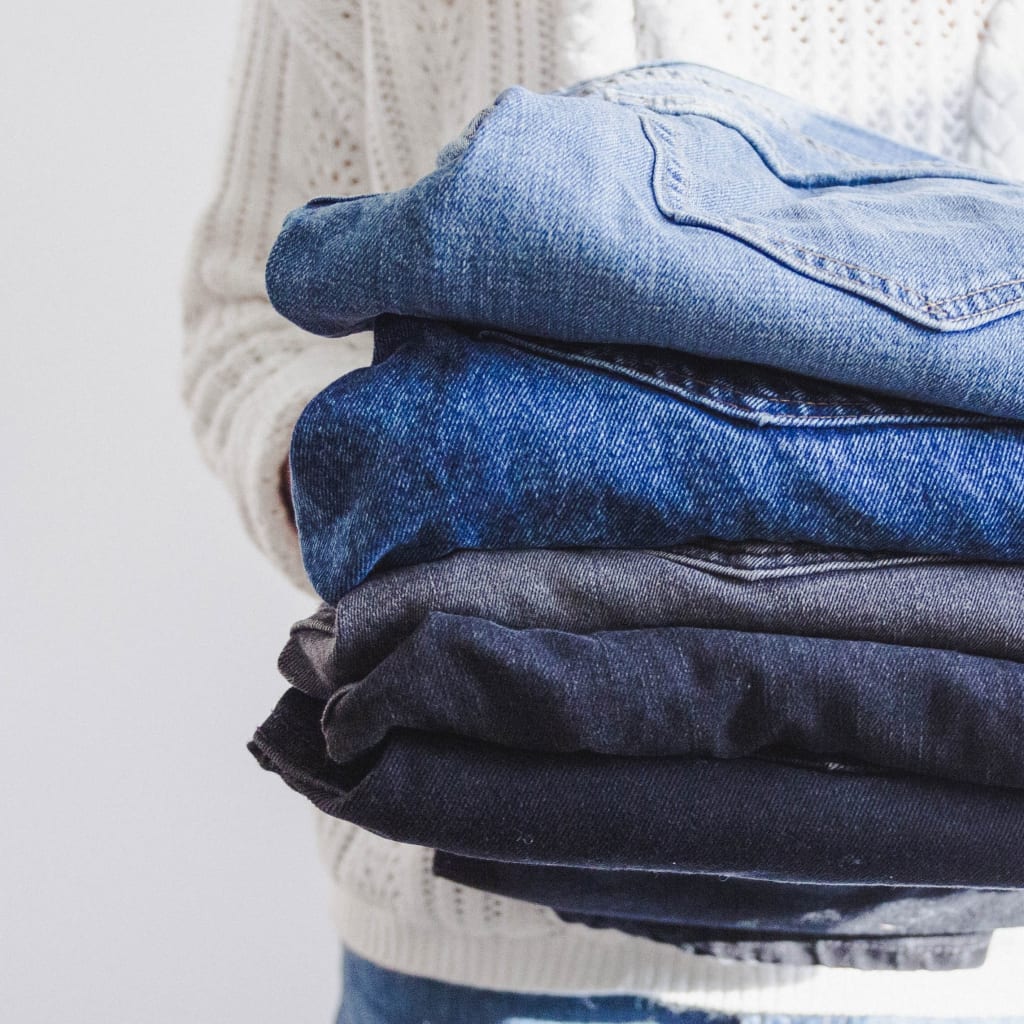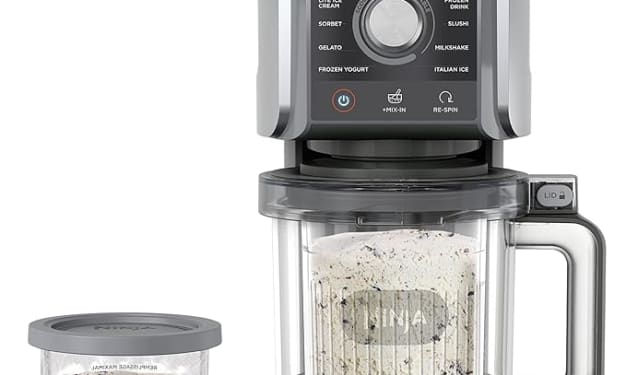The High Cost of Fashion on Our Planet
How today’s fashion trends are damaging the environment

You may be reading this article sitting in a pair of jeans and a t-shirt. Your washing machine may be chugging away in the background cleaning your dirty clothes. And if you walk over to your bedroom closet, you may even find several items that you haven’t ever worn.
You are the classic consumer.
And because today’s textiles have become so cheap and plentiful, your life has become inundated with them. Trendy services like StitchFix and Fabletics now show up at your doorstep with surprising regularity. You don’t even have to leave your home to go shopping.
But your present-day penchant for fashion comes at a cost. The clothes you are wearing and abandoning with alarming regularity are putting an immense strain on our oceans, water supply, and eco-system at large.
The environmental impact of fashion
Today, the fashion industry is reportedly responsible for 10% of all the carbon emissions in the world. And according to a report by the Ellen McArthur Foundation, if current trends continue, this number is expected to jump to 50% of the total carbon footprint by 2030.
In the US alone, we consume more than one billion articles of clothing from China each year. But sadly, 85% of these clothes end up in the dumpster.
Let’s think about the sheer waste associated with that. Because to make a single pair of jeans takes over 2,000 gallons of water. That is enough to keep you hydrated with 8 glasses of water a day for approximately 7 years.
Similarly, one cotton t-shirt takes about 700 gallons of water to make. So, that one simple outfit you are wearing could keep you in drinking water for over ten years.
This is because cotton is extremely water-intensive.
Moreover, dying cotton puts a strain on water resources. Wastewater from dying is often dumped into local rivers and streams. And the sheer volume of clothing production has made textile dying the second-largest water polluter in the world.
Textile dying that releases toxins, mercury, and arsenic into the environment is responsible for roughly 20% of the globe’s water pollution.
Another big polluter of water also has to do with washing textiles. Every time you wash your clothes, microfibers particularly from polyester, are released into the water system. And it’s estimated that well over 500,000 tons of these microfibers are dispersed into the ocean every year.
This is equivalent to throwing 50 billion plastic bottles in the ocean every 12 months. And almost 35% of these fibers will never degrade or break down.
Environmental devastation is only accelerating
Prior to World War I, new clothing purchases across the globe were relatively low. Families darned and repaired old clothing. But today, purchasing patterns have skyrocketed. In 2014 alone, consumers bought 60% more clothing than they did in 2000.
Personal at-home shopping sites like Stich Fix and Fabletics have only served to accelerate the rates at which consumers are purchasing and casting off clothing. And fashion brands like Zara and H&M have exponentially ramped up the number of lines they put into the market each year. In 2000, most fashion houses released two new lines per year.
Fast-forward to 2021, and many manufacturers are releasing over five new lines each year. Zara, headquartered in Spain, releases over 20. This is shortening the shelf life of clothing and making it dumpster fodder more quickly than ever before.
A few beacons of hope
Some clothing companies have taken it upon themselves to find and use more eco-friendly materials in their clothing.
Patagonia, for example, has been making clothing out of recycled plastic. Effectively they melt down old plastic bottles and use the fibers to weave into their clothing. The company is said to have saved over 85M plastic bottles from ending up in landfills over 13 years. The company is also recycling its cotton products through an Italian company Calamai Functional Fabrics.
Other clothing manufacturers are turning to plant-based, or corn-based polymers, which are not as water-intensive and can more readily be absorbed into the environment. Versace is one such company that is using corn-based polymers in some of its lines.
The solution lies with us
It’s heartening to see clothing brands begin to leverage alternative fabrics and rethink their manufacturing processes. But these alternatives are only making clothing more expensive, not less. And herein lies the challenge.
Ultimately, the onus to change and purchase more eco-friendly alternatives resides with us. All of us.
We have the power to decide how we consume clothes, what we consume, and how we recycle. We alone have the power to purchase clothes that are more environmentally friendly or to take a page from actress Shailene Woodley and only purchase recycled clothing.
Parting thoughts
The clothing industry and the pace at which we are buying and casting off clothes is putting an enormous strain on the environment. The oceans are being inundated with plastic. Our water supply is being depleted.
So perhaps the next time you see a new pair of jeans you don’t really need, think twice before you buy them. Try buying used. Or better yet, don’t buy at all.
And if you are feeling really generous, go ahead and donate that money to an environmental organization instead. Because at the rate we are going, our environment needs all the help it can get.
Thank you for reading.
© Courtney Burry 2021
About the Creator
Courtney Burry
I love to use satire and humor. I write about travel, politics, family, feminism, sports, health & music. So, basically everything.
Enjoyed the story? Support the Creator.
Subscribe for free to receive all their stories in your feed. You could also pledge your support or give them a one-off tip, letting them know you appreciate their work.






Comments
There are no comments for this story
Be the first to respond and start the conversation.